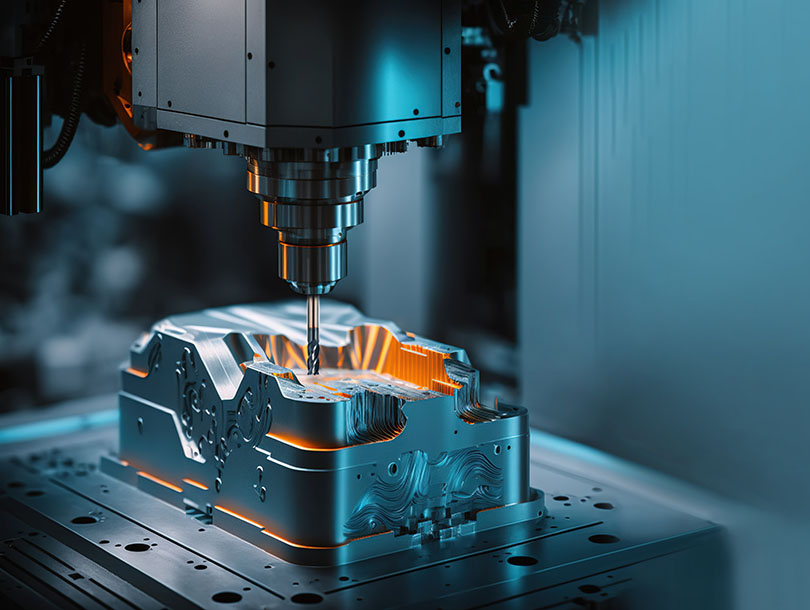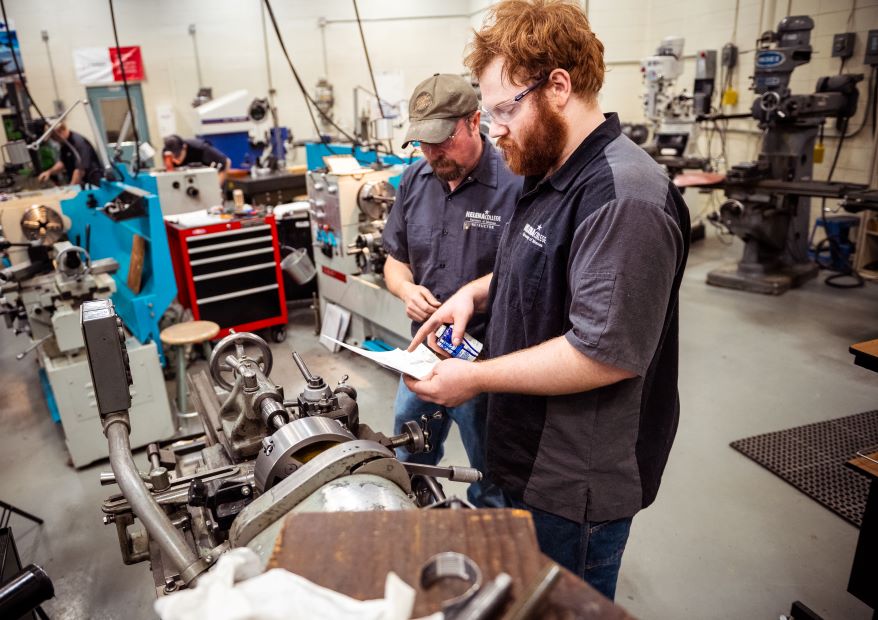The Function of Fasteners and Machining in High-Quality Product Style
The Function of Fasteners and Machining in High-Quality Product Style
Blog Article
Understanding the Art of Bolts and Machining: Innovations and Ideal Practices
In the world of commercial manufacturing and engineering, the mastery of bolts and machining is a keystone of making certain architectural stability, performance, and longevity in numerous applications. As innovation advancements and demands for efficiency and accuracy rise, remaining abreast of the most recent developments and best techniques in attachment and machining becomes crucial. From the development of fastening technologies to the details of choosing the most ideal products, the landscape of modern-day production is constantly developing. Join us as we explore the most recent improvements and explore the nuanced globe of grasping fasteners and machining, discovering essential understandings and methods that can elevate your strategy to engineering services.
Advancement of Fastening Technologies
Throughout the industrial change and into the contemporary period, the evolution of securing technologies has been marked by continual developments in effectiveness and integrity. Fasteners, such as screws, bolts, and rivets, play a vital role in various markets, consisting of auto, aerospace, building, and electronics. The requirement for more powerful, extra durable, and easier-to-install fastening services has actually driven technology in the area.
One substantial development has been the shift in the direction of precision machining methods to produce fasteners with higher tolerances and remarkable performance. This change has actually enabled manufacturers to produce fasteners that meet stringent quality requirements and deal raised resistance to deterioration and exhaustion.
Moreover, the intro of advanced materials, such as titanium alloys and composites, has actually changed the capacities of bolts. Fasteners and Machining. These products supply exceptional strength-to-weight ratios, making them ideal for applications where lowering weight is vital without endangering structural integrity
Improvements in Machining Techniques
In the world of commercial production, the constant development of machining methods has actually paved the method for unprecedented precision and performance in the production of bolts. This accurate control enables producers to develop complicated and intricate fastener layouts with ease.

Furthermore, the adoption of multi-axis machining facilities has enabled synchronised reducing procedures from numerous angles, additionally enhancing performance and minimizing production times. By making use of these sophisticated machining approaches, makers can fulfill the boosting demand for high-grade bolts while maintaining cost-effectiveness in their procedures.
Choosing the Right Bolt Materials
Picking the proper material for bolts is a crucial choice that considerably impacts the efficiency and longevity of the set up components. When selecting the right bolt material, a number of factors need to be thought about to make certain the toughness and reliability of the last product. The product picked ought to be suitable with the environmental conditions the bolts will be exposed to, such as temperature variations, dampness levels, and harsh aspects.
Common materials made use of for bolts include stainless-steel, carbon titanium, steel, and aluminum, each offering special properties that fit various applications. Stainless steel, as an example, is understood for its rust resistance, making it ideal for aquatic or exterior settings. Carbon steel is a cost-efficient option suitable for lots of general-purpose applications. Light weight aluminum is light-weight and frequently utilized in markets where weight is a crucial aspect. Titanium, on the various other hand, is remarkably solid and corrosion-resistant, making it ideal for high-performance applications.
Enhancing Accuracy in Machining
Accomplishing optimal accuracy in machining is important learn the facts here now for ensuring the high quality and efficiency of machined elements. Accuracy in machining refers to the capability to consistently create components within tight resistances and with high accuracy. To enhance accuracy in machining, manufacturers use a variety of innovative techniques and modern technologies. One key technique is making use of Computer Numerical Control (CNC) makers, which offer exceptional precision and repeatability compared to conventional hand-operated machining methods. CNC devices are programmable and can implement complex machining operations with marginal human intervention, resulting in higher accuracy degrees.
Along with CNC machining, using advanced cutting tools and tool holders can likewise dramatically boost accuracy. Top quality cutting tools with advanced finishings minimize friction and wear, causing extra specific cuts and dimensional precision. Furthermore, implementing stringent quality assurance steps throughout the machining procedure, such as routine assessments and calibration of devices, assists maintain consistent precision levels. By prioritizing precision in machining, producers can achieve superior product quality, tighter tolerances, and boosted total performance of machined components.

Finest Practices for Bolt Installment
Accuracy in machining plays an essential role in making sure the integrity and durability of bolt installments. When it comes to best practices for fastener setup, one essential element is the correct selection of bolts based upon the details application needs. Using the correct type, size, and material of bolt is vital to assure optimum performance and sturdiness. Fasteners and Machining. Furthermore, it is critical to follow manufacturer standards and suggested torque values during the installment procedure to avoid under-tightening or over-tightening, which can cause premature bolt failing.
Moreover, guaranteeing that the bolt threads are cost-free and tidy of particles before installment is important to attaining a safe and effective link. Utilizing thread-locking substances or washers can her response likewise enhance the stability of the bolt assembly. Routine evaluations and upkeep of fasteners post-installation are suggested to identify any kind of prospective issues early and stop expensive fixings or substitutes in the future. By adhering to these finest techniques, producers can enhance the honesty and efficiency of their bolt installments.
Conclusion
By choosing the right bolt products and improving precision in machining, makers can attain ideal results in their operations. Overall, understanding the art of bolts and machining includes continuous technology and adherence to ideal methods.
In the realm of commercial production, the continuous evolution of machining approaches has paved the means for extraordinary precision and efficiency in the manufacturing of fasteners.Accuracy in machining plays a critical function in guaranteeing the reliability and longevity of fastener installations. When it comes to best techniques for bolt installment, one vital element is the proper option of fasteners based on the details application needs. By picking the best find out bolt materials and boosting precision in machining, manufacturers can accomplish optimum outcomes in their procedures. Overall, grasping the art of bolts and machining includes continual advancement and adherence to ideal practices.
Report this page